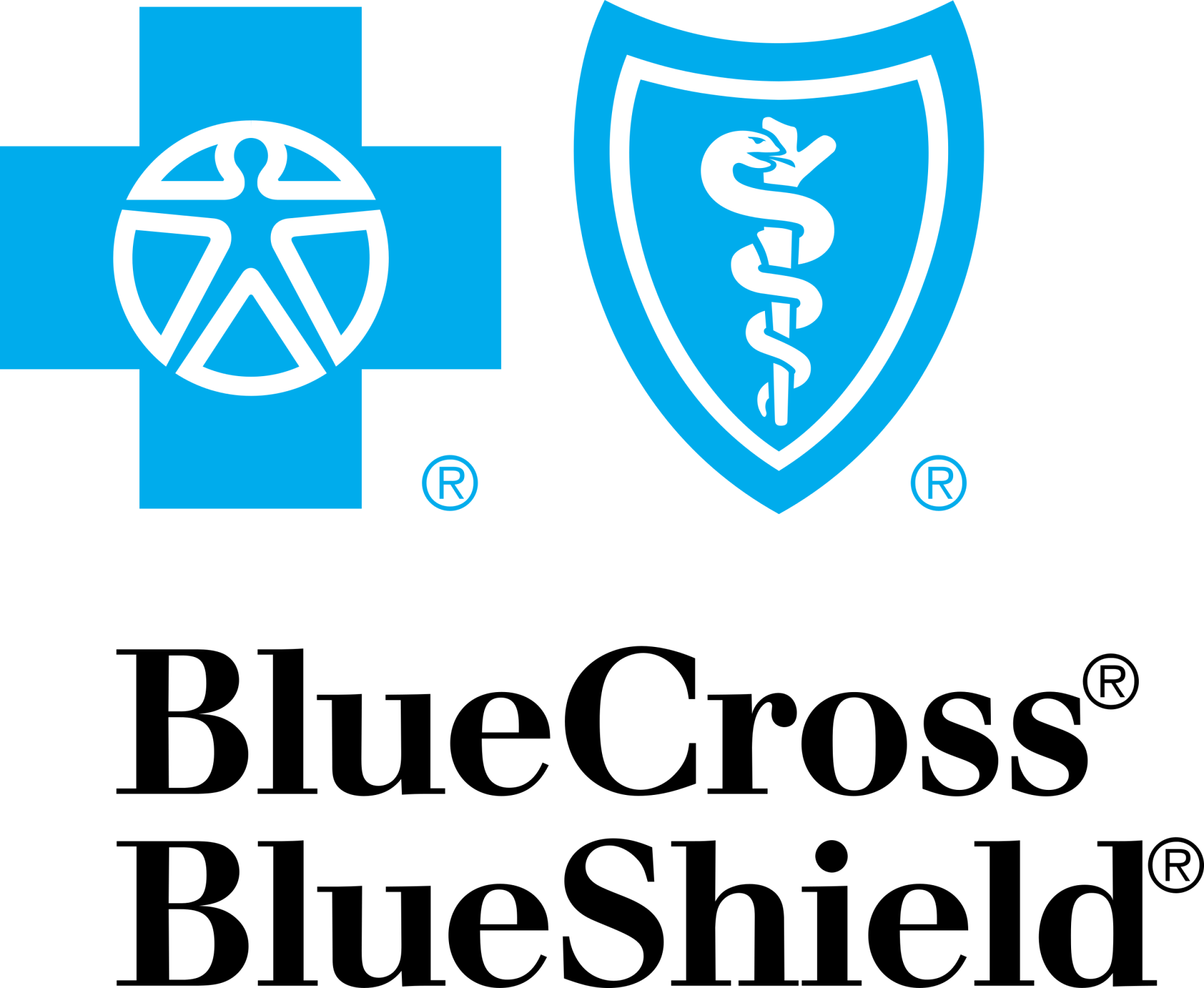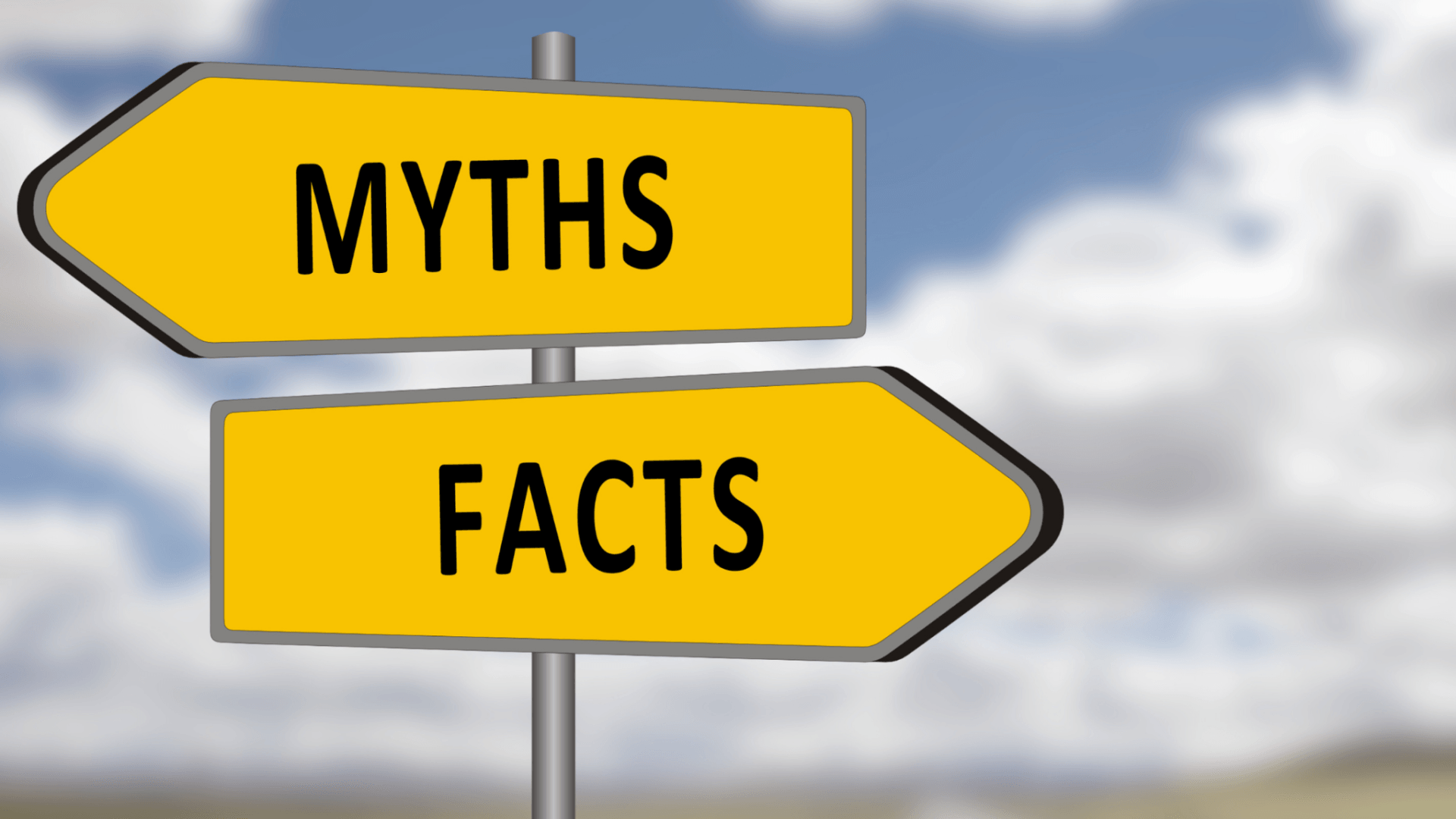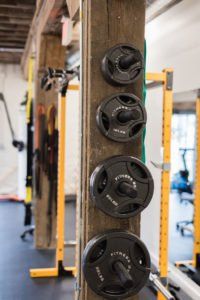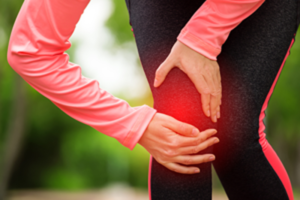Relax, Renew, and Save: 10% Off All Massage Gift Certificates – Limited Time Only!
Arthritis: Take back your life
What is it exactly, and how can you get back to the things you love? Unfortunately, we hear the phrases above far too often. If you have arthritis and have had an x-ray to confirm your diagnosis, you’ve likely heard one or two of these troubling phrases. The truth is, sometimes these are a poor choice of words. I hope aim to provide you with some peace of mind, by explaining what arthritis is, the reasons why it develops, and what you can do about it.
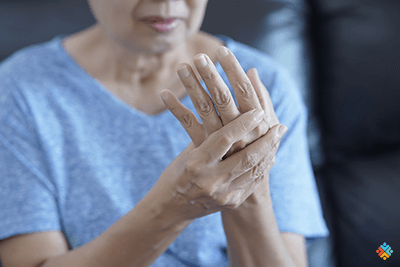
What is Osteoarthritis?
Osteoarthritis (OA) is a condition that has been affecting an increasing amount of the aging population. It typically affects the larger, weight bearing joints in the body, but can also be found within the smaller joints of the hands, feet, wrists, etc. Development occurs when the cartilage begins to wear down over time. This can lead to increased loading of bony tissue, poor movement mechanics, or even the growth of new bony tissue usually called bone spurs.
Since arthritis usually becomes painful, it is typically associated with a decrease in activity level. This decrease, which I’m sure most of you can attest to, is out of fear of making things worse due to something a doctor or friend has told you. Interestingly enough, reductions in activity can actually increase symptoms, pain, and progression of the disease. Although it is counter-intuitive, it’s true!
Whats the deal with my cartilage?
Cartilage helps our joints absorb forces and move smoothly. Did you know that the cartilage in your joints is actually 10x’s more slippery than ice?! This is what allows our joints to flex and extend without much effort. So, whats the number one thing you can do to keep your cartilage healthy? Move! Every tissue in our body is highly specialized and needs certain stimuli to thrive and survive, and cartilage is no exception.
Lets think about the knee for example: Compression and sliding of the joint surfaces create a sponge-like mechanism for the cartilage. When compressed, metabolites are squeezed out and when relaxed the cartilage expands again taking in nutrients. It’s just like a living breathing tissue! When activity is stopped or avoided, this process no longer occurs which can exacerbate the degenerative process leading to worsening arthritis. So what can movement do for your cartilage?
- Movement stimulates the cells that make cartilage to reproduce, which allows these cells to create more cartilage.
- Movement promotes tissue nourishment.
- Movement reduces the amount of metabolites within the tissue.
Why else should you exercise for arthritis?
Just like cartilage, muscles are important for protecting joints as well. They function to not only help us move and stabilize our joints, but also to help dissipate forces going to the joints. Without adequate strength, these forces need to be absorbed by other structures (think cartilage in our joints). This is another reason why avoiding activity with arthritis can actually make the pathology worse.
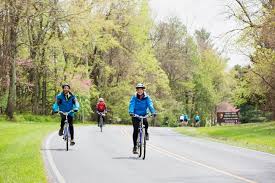 People with OA are often told to avoid certain activities including squatting, running, etc. However, I believe this is the opposite of what should be done (see above). OA develops over a long period of time, not after one set of squats. Continuing to squat, run, or any other activity is not going to independently speed up the degenerative process.
People with OA are often told to avoid certain activities including squatting, running, etc. However, I believe this is the opposite of what should be done (see above). OA develops over a long period of time, not after one set of squats. Continuing to squat, run, or any other activity is not going to independently speed up the degenerative process.
That said, there are some ways to begin activity to help set you up for success:
- Slowly ramp up activity within your pain tolerance to allow the cartilage to mature and adapt
- Build a strong base of muscles to be able to dissipate the forces being placed on the joint
- Find activities that may be lower impact to build strength before loading the joint (water aerobics, swimming, etc.)
- Find a great PT to help you along the path to recovery and improvement of function
You should always discuss your options and activities with your healthcare provider before starting any new regimen or treatment. If your skeptical, we challenge you to try increasing your activity slowly, stick with it for one month, and see how you feel. I’m willing to bet you may find you have less pain.
If your not sure where to start, feel free to call to book and appointment or reach out to me at Bryan@balancechiropracticva.com to get started!
Here’s a great article that discusses the benefits of exercise for OA and may be a good reference for where to start. I promise it is an easy read!

RESET. REHAB. PERFORM.
QUICK LINKS
CONTACT
Phone: (434) 293-3800
Fax:
(434)295-2737
office@balancechiropracticva.com
608 Preston Avenue, Suite 100
Charlottesville, VA 22903

